Foam rolling relies on a technique known as Self-myofascial release (SMR).
Our Muscles have a proprioceptor known as the Golgi Tendon Organ.
The GTO accounts for saving us from lots of injuries.
Whenever a muscle is triggered to the stage of near injury, the GTO reflex transmits a note to seal muscle lower.
Before I explain things further, I’ll throw a bit more technical terms your way – this really is known as autogenic inhibition.
The Golgi tendon is essentially supplying your body information and feedback on muscle tension.
Autogenic inhibition is really a provision to seal muscles down before they experience more pressure than bones and tendons are designed for.
Without getting too complicated, pressure produced through the foam rolling encourages the GTO and results in allowing the muscle to unwind.
The brief relaxation will permit an elevated flexibility and improve tissue quality (Its important not only to have strong muscles, but also flexible ones – specifically for athletes and anybody that really wants to feel good from lifting)(1)
Decreases in soft tissue tension can help revive the muscle’s length-tension relationship.
Allow me to break it further by having an example.

Foam Rolling for Muscle Health and Efficiency
The streets within New York and across the nation are filled with after winter pot holes.
Each time I’m cruising in my car blaring some “Bringing Sexy Back” I crush one of these pot holes and need to reduce the gas and decelerate.
Imagine just how much better it might be once someone goes out and smoothes the street out and fixes the pot holes? I’ll have the ability to drive more effectively without all of the stops and starts.
Within this example, the street signifies the parts of your muscles and the vehicle represents the muscle activation.
Muscle adhesion and the scarring that develops may cause parts of your muscles to unwind (also known as reducing the gas).
To put it simply, foam rolling is a key to bringing the muscle back to it’s healthy condition so it can perform most effectively.
Advantages of Foam Rolling
I’ll use one Integrated Training For The New Millennium by Clark to display the advantages of foam rolling(2):
• Address Muscle Imbalance
• Increase Joint Range of Motion
• Decrease Muscle Tenderness While Growing Joint ROM
• Increased Nueromuscular Efficiency
• Maintain Normal Muscle Length
SMR versus ART
I’ve got a feeling this questions will be asked, so I’ll explain it now.
Self myofasical release shouldn’t be wrongly identified as Active Release Technique (ART).
ART is usually conducted by a licensed provider and uses hand pressure in order to release fibrous soft tissue adhesion.
You will find different amounts of ART including getting the customer to move against the provider’s pressure.
The goals offer a similar experience, only the approach to achieving it’s slightly different.
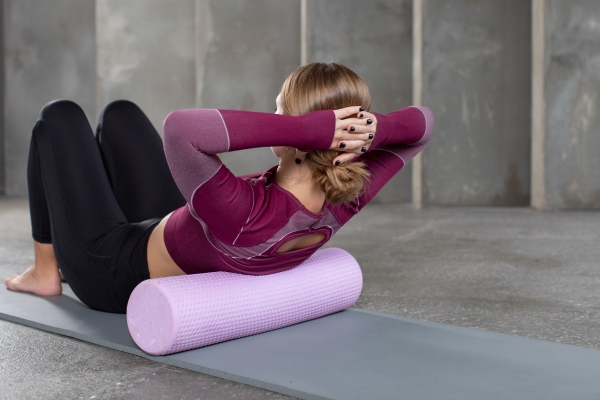
Foam Roller versus Hands
What is the general preference, foam rolling or perhaps a deep tissue massage? I’d certainly choose the professional massage.
HOWEVER foam rollers also commonly known as the “poor man’s massage” for a very good reason.
Many sport athletes can’t pay for $80 an hour massages mutiple times per week.
I definitely cannot afford that.
The foam roller was produced so large groups (ie workout groups or teams) could receive a few of the advantages of massage yet still make it practical.
Criticisms Of Foam Rolling
I’ve read a couple of articles by trainers who are firmly against foam rolling.
Their arguments generally center around the lack of studies on the merits of massage in general and that foam rolling prior to a good work out actually elongates muscle so it’s alot like static stretching.
While I have respect for their views, I’ve had the opportunity to work with SMR since 2003 when it was initially brought to me by my college roommate because he was hoping to enter into the National Football League.
I’d recommend you attempt foam rolling and establish your own personal conclusions.
After using one for just two short weeks my mind was made up and I have been enjoying the positive effects ever since.
I haven’t seen a reduction in strength as I have with static stretching (amount of general muscle lengthening before pressure is applied) pre-workout.
Furthermore research studies (including one conducted in 2008 at Vanderbilt College) have began to appear validating ART and others on SMR.
When and How To Foam Roll
Okay let’s roll (very bad pun totally intended)! Foam rolling is quite simple to do.
Go ahead and take the roller, place your body weight onto it, and roll on the desired group of muscles.
If the muscle should feel tender – as some areas such as the IT band is going to be from time to time – then make use of your off leg to brace a portion of your weight on.
I actually do light foam rolling preworkout, a full 5-10 minute session after training.
Different trainers have various methods, but this works well with me.
I additionally take roughly 30-60 seconds per group of muscles when you are performing a complete foam roll session.
Should you hit a place that’s sore, then just apply pressure towards the area using the roller for 30-60 seconds. Don’t roll bruises or acute injuries.
Also, for those who have blood circulation problems or another health conditions I’d not advise foam rolling before you consult your doctor.
What Foam Roller To Buy
The harder the more impressive! 100% kidding.
Should you with something that is rock solid, such as a PVC pipe, to begin with it’ll HURT your results.
Why? Well whenever you put that type of pressure in your muscles you’ll naturally tense up and defeat the objective of SMR.
I am not stating that PVC isn’t an inexpensive alternative for those who have knowledge about soft tissue work, I’m just advocating a progression rather than trying to begin with a rock.
Here are a few better options:
Low Density Foam rollers: These are generally whitened, but I see them offered in most colors at Dick’s Sports.
They’re soft and decent to begin with, although not worthwhile for in my personal opinion.
They’re so soft they’ll crush within a few weeks and you’ll have to purchase another.

“High Density” Foam Paint rollers: I’ve got a blue one, however they frequently are available in black too.
This really is my recommendation to begin with. High density does not necessarily mean super hard.
In the end, it’s still foam. This can last a very long time.
I’ve had my current high density eva foam roller for around five years and it is still suitable.
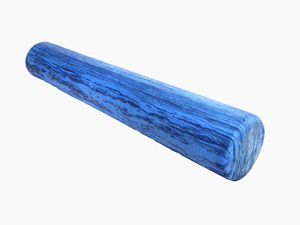
PVC Pipe: Real cheap…but real hard. Make certain you mind my warning above and make certain to advance up to it slowly – or at the very least wrap it in something when you begin.






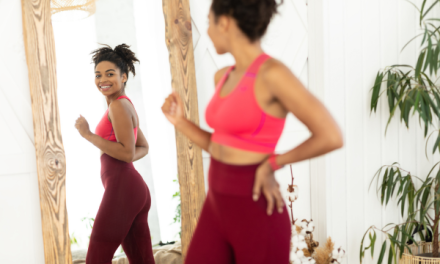



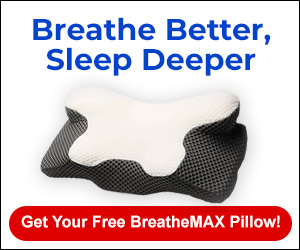
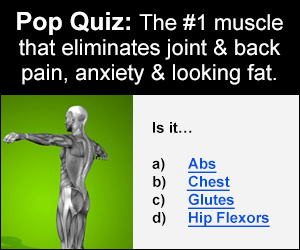

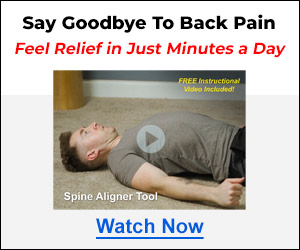
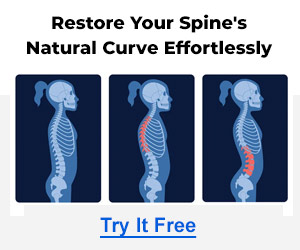


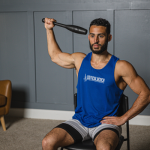


















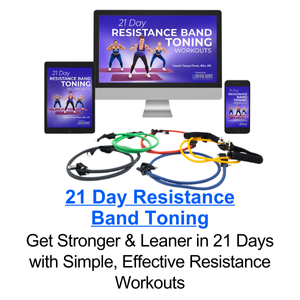




















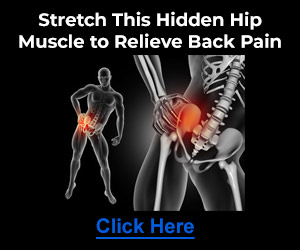









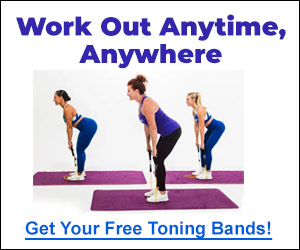
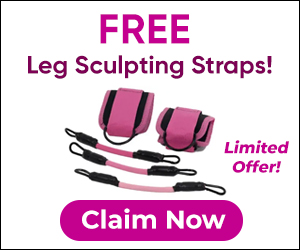
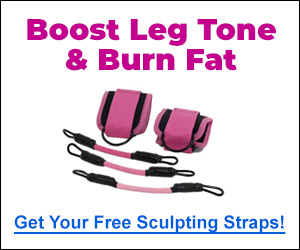
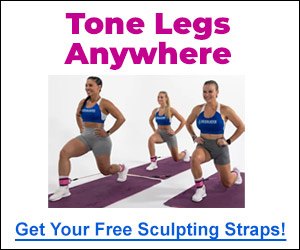
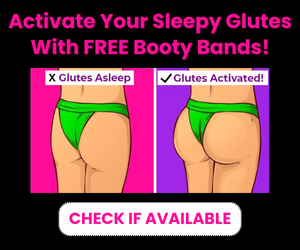

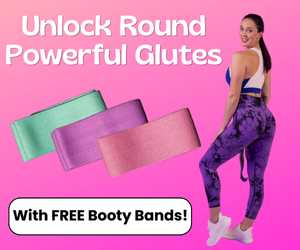
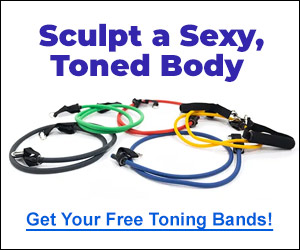

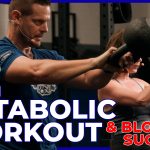
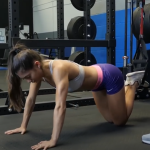
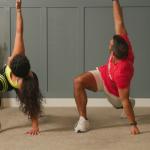



I have only been introduced to the benefits of foam rolling over the last 12 months. I must say the results have been fantastic. Genetically I have very tight IT Bands, which over the years has cause knee problems. The release that the foam roller gives me is not unlike a deep tissue massage. I agree that a hands on massage is better, but the cost difference is huge. I paid only $20 (Australian) for my foam roller, where as I struggle to find a quality massage for under $90.
Great article. I believe in Foam rolling!!
I usually use a tennis ball and rubb it on my sore muscles, it really works for me..
Do you think this is a suitable solution ?
Good article. I’m been rolling for about a year. I was really consistent in the past, and it really helped with readiness before a workout. It’s helped with lower back and neck issues. This is a good reminder to get back to consistent use. Oh, and “Alex”, I’ve seen a tennis ball used for calves and glutes, but you want the big roller for hams and quads and back, etc.
You got a good point there, the tennis ball can be used on any muscle, but may not be as effective.. gotta get me one of those and give it a try..
Thanks for a really awesome article on foam rolling – Has some great practical points. I strongly believe everyone should add this to their regular work-outs.
Another good site on par with yours too is Dr. Ben Kim.
I am 78, going on 79, and find that regular work-outs – or even just plain moving is the key to health.
Last Fall I become interested and added ‘kettlebell’ exercises (no, not the TV ad hype) to my weight training.
The last 20 years I’ve practiced Tai Chi and Chi Gong, using for stretching. Foam rolling is a great addition.
Thanks for making available so many great alternatives. My goal: keep moving, eat right, and minimize watching the ‘boob tube’ – and ‘web surfing.’
Just came across this article. Great read, and I will add that prir to each squat wor-out (train as a power-lifter) I roll glutes on a small medicine ball, and have found this invaluable to provide some release and activation prior to the work-out.